[전략경영론] 닌텐도 Nintendo 성공요인분석(영문)
 등록일 / 수정일
등록일 / 수정일 페이지 / 형식
페이지 / 형식 자료평가
자료평가 구매가격
구매가격
- 2009.08.18 / 2019.12.24
- 15페이지 /
 doc (MS워드 2003이하)
doc (MS워드 2003이하) 



 1건 (구매금액의 3%지급)
1건 (구매금액의 3%지급)- 1,400원
최대 20페이지까지 미리보기 서비스를 제공합니다.
자료평가하면 구매금액의 3%지급!
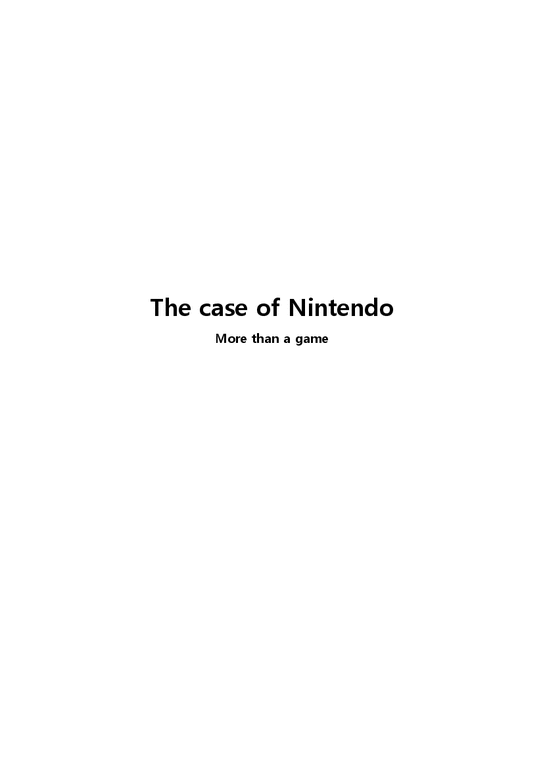 1
1 2
2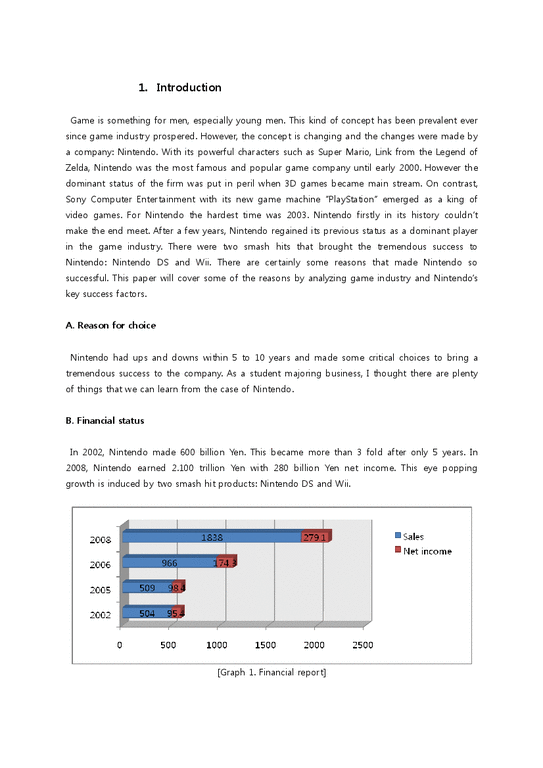 3
3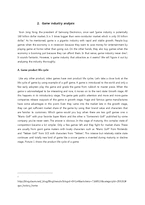 4
4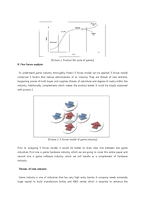 5
5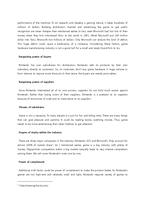 6
6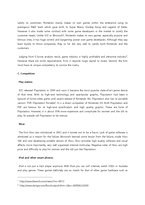 7
7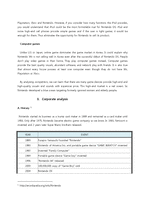 8
8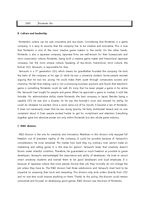 9
9 10
10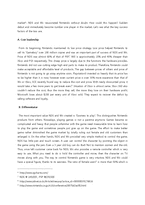 11
11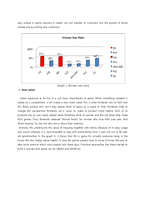 12
12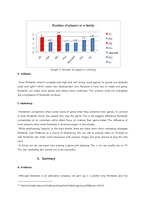 13
13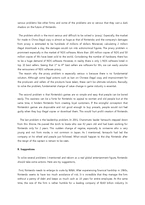 14
14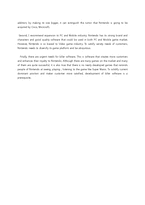 15
15
추천 연관자료
- 목차
-
1. Introduction
A. Reason for choice
B. Financial status
2. Game industry analysis
A. Game Product Life Cycle
B. 5 force analysis
C. Competitors
3. Corporate analysis
A. History
B. Culture and leadership
C. R&D division
D. Organization
E. Brand and character
4. Products
A. Cost leadership
B. Differentiator
C. New values
D. Software
E. Marketing
5. Summary
A. Problems
B. Suggestions
- 본문내용
-
1. Introduction
Game is something for men, especially young men. This kind of concept has been prevalent ever since game industry prospered. However, the concept is changing and the changes were made by a company: Nintendo. With its powerful characters such as Super Mario, Link from the Legend of Zelda, Nintendo was the most famous and popular game company until early 2000. However the dominant status of the firm was put in peril when 3D games became main stream. On contrast, Sony Computer Entertainment with its new game machine “PlayStation” emerged as a king of video games. For Nintendo the hardest time was 2003. Nintendo firstly in its history couldn’t make the end meet. After a few years, Nintendo regained its previous status as a dominant player in the game industry. There were two smash hits that brought the tremendous success to Nintendo: Nintendo DS and Wii. There are certainly some reasons that made Nintendo so successful. This paper will cover some of the reasons by analyzing game industry and Nintendo’s key success factors.
A. Reason for choice
Nintendo had ups and downs within 5 to 10 years and made some critical choices to bring a tremendous success to the company. As a student majoring business, I thought there are plenty of things that we can learn from the case of Nintendo.
B. Financial status
In 2002, Nintendo made 600 billion Yen. This became more than 3 fold after only 5 years. In 2008, Nintendo earned 2.100 trillion Yen with 280 billion Yen net income. This eye popping growth is induced by two smash hit products: Nintendo DS and Wii.
[Graph 1. Financial report]
2. Game industry analysis
Yoon Jong Yong, the president of Samsung Electronics, once said “game industry is potentially 160 billion dollar market. It is 3 times bigger than semi-conductor market which is only 30 billion dollar.” As he mentioned, game is a gigantic industry with rapid and stable growth. People buy games when the economy is in recession because they want to save money for entertainment by playing game at home rather than going out. On the other hands, they also buy games when the economy is booming just because they can afford them. In that sense, game industry never dies . It sounds fantastic. However, is game industry that attractive as it seems? We will figure it out by analyzing the industry thoroughly.
A. Game product life cycle
Like any other product, video games have own product life cycles. Let’s take a close look at the life cycle of game by using example of a golf game. A game is introduced to the world and only a few early adopters play the game and grade the game from rubbish to master piece. When the game is acknowledged to be interesting and nice, it moves on to the next state: Growth stage. All this happens in its introductory stage. The game gets public attention and more and more game companies release copycats of the game in growth stage. Huge and famous game manufactures have some advantages in this point. Even they came into the market late in the growth stage, they can get sufficient market share of the game by using their brand value and characters that are familiar to customers. Which game would you buy when there are two golf games one is “Mario Golf” with your favorite Super Mario and the other is “Someone’s Golf” published by some company you’ve never seen. The answer is obvious. In the stage of maturity, this complex state of competition became a lot simpler. Only a few games left and they fight for market share. These are usually from giant game makers with lovely characters such as “Mario Golf” from Nintendo and “Tekken Golf” from SCE with characters from “Tekken”. This intense but relatively stable state continues until totally new kind of game like a soccer game is invented during maturity or decline stage. Picture 1 shows the product life cycle of a game
자료평가





- well-organised
- marinblue***
(2014.06.04 20:10:36)
오늘 본 자료
더보기

최근 판매 자료
- 생애주기에 따라 경험하는 다양한 사회문제들 중 하나를 선택하여 그들이 경험하는 심각한 사
- [프로젝트관리] 프로젝트 실패사례와 해결방안
- 화폐의시간가치,화폐의가치,연금의가치와실효이자율
- (학위논문)한국 중소기업의 전자무역 이용현황과 문제점 및 활성화 방안
- 유럽연합의 배경과 현재 과연 연합은 가능한 모델인가 유럽연합 역사적 기원 유럽
- 경영학원론/시험/족보/금오공대(금오공과대학교)
- [솔루션] 맨큐의 경제학 제4판 문제풀이
- 이디야 마케팅 4P전략과 이디야 STP,SWOT분석 및 이디야 향후전략 3가지 수립
- 워크넷(httpwwwworkgokr)에서 성인용 직업적성검사를 시행하고 그 결과를 요약한 후, 제3자인 ‘기업체 인사담당자의 입장’에서 본인과 직무 배치 상담을 하는 가상적인 시나리오를 작성해 보세요(인사담당자가 본인에게 메일로 직무배치에 대한 의견을 보내는 방식으로 기술해도 됨)
- 화폐의 시간가치에 대한 의미를 설명하고, 미래가치와 현재가치의 개념에 대해 서술하시오
저작권 관련 사항 정보 및 게시물 내용의 진실성에 대하여 레포트샵은 보증하지 아니하며, 해당 정보 및 게시물의 저작권과 기타 법적 책임은 자료 등록자에게 있습니다. 위 정보 및 게시물 내용의 불법적 이용, 무단 전재·배포는 금지됩니다. 저작권침해, 명예훼손 등 분쟁요소 발견시 고객센터에 신고해 주시기 바랍니다.









